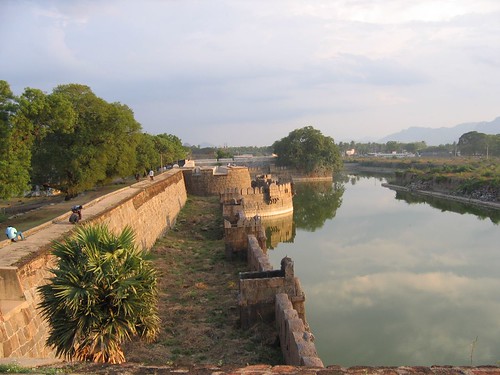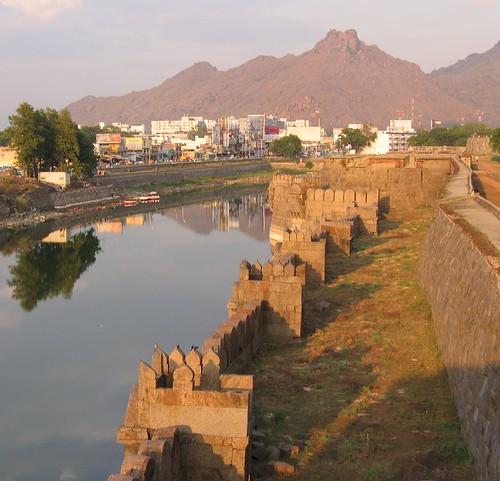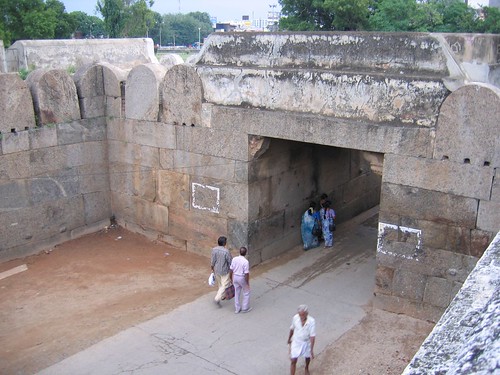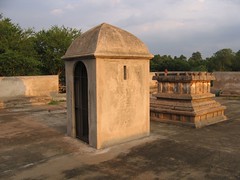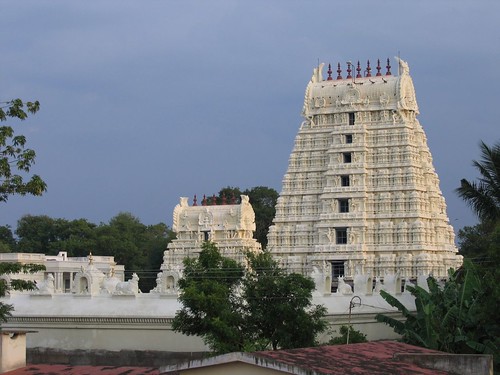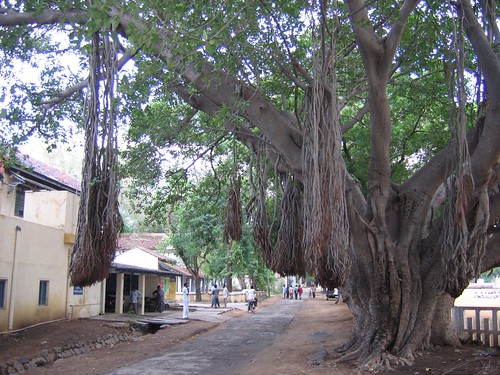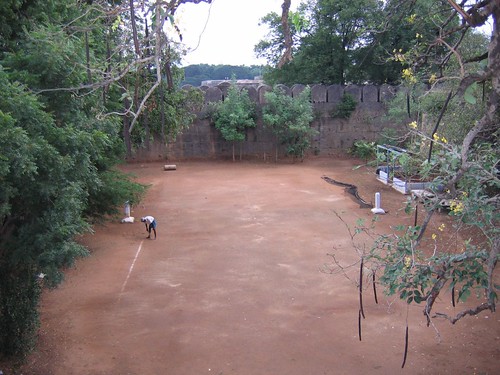All Night Vigil
The NPR piece had other details about Rachmaninoff's composition. Not much of a church-goer, he wrote it in response to the Russian WWI war effort. He considered it one of his best works, wanted it to be played at his own funeral and wanted to be buried in Moscow. But then the 1917 revolution happened and that was not to be. He ended up dying in Beverly Hills and buried in NY.
I hadn't heard this piece of music before and I was blown away by it. Then again I'm a sucker for the genre (liturgical choral music ?) --- including this, this and even this. It's amazing what can be done with an a cappella choir.
Another reason I like it is that I hadn't heard much music from the Russian Orthodox Church before i.e. on "this side" of the schism. It's a mystery to me how the music from one branch of the church gets to be breath-taking, while the music from another branch, not many nodes away, is... not so much.[At this point I was going to link to an mp3 that reflects my memory of the not-so-harmonious singing of the orthodox churches I've attended. But I haven't really been able to find one. Instead I found this recording of the Divine Liturgy in Syriac/Arabic. It is not exactly pitch-perfect and I don't understand a word, but it's really beautiful in it's own way. What it reminds me of, apart from the music of Indian orthodox churches of course, is the a cappella choral music from the movie "In the Bedroom". The music from the movie is listed as "Bulgarian Traditional" and performed by the Newark Balkan Chorus. If I remember correctly (I can't find an audio link), that singing was also slightly anti-harmony and really haunting.]
